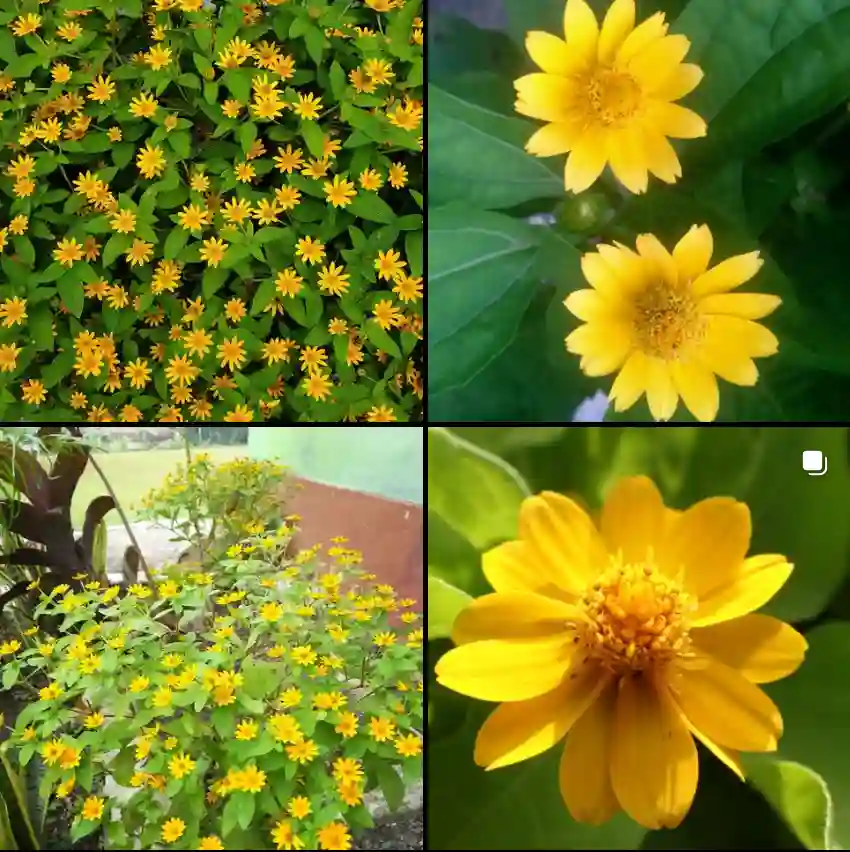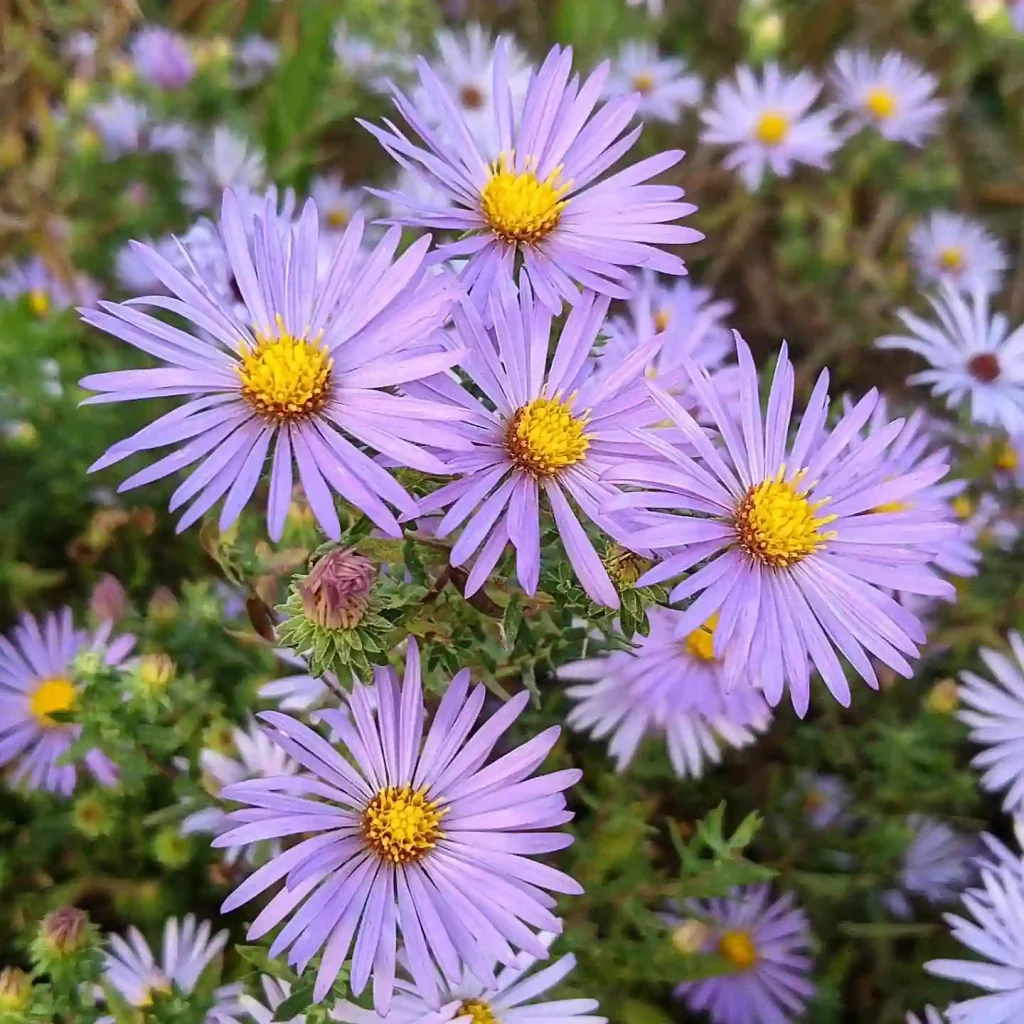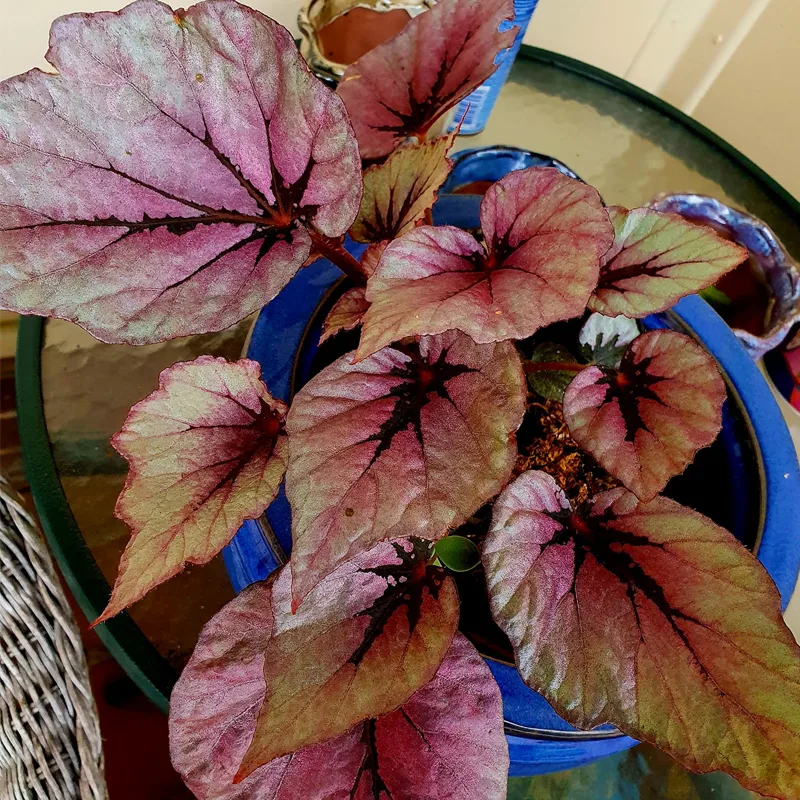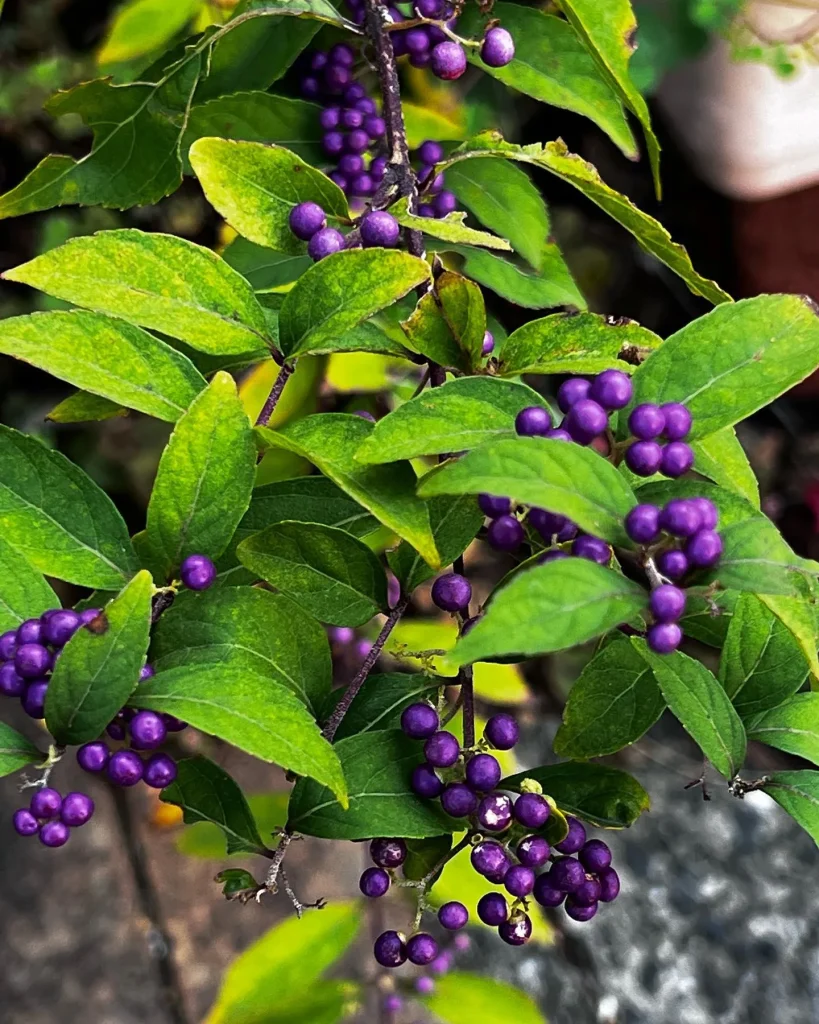My Encounter with Rivina Humilis
As an avid gardener, I’ve always been fascinated by the diverse array of plants that grace our landscapes. Among the many species I’ve cultivated, Rivina Humilis stands out as a unique and intriguing addition to my garden. In this article, I’ll share my insights and experiences with this captivating plant.
2 Species in Genus Rivina
What is Rivina Humilis?
Rivina Humilis, also known as rouge plant or pigeonberry, is a charming perennial herb native to the Americas. With its delicate clusters of tiny, star-shaped flowers and vibrant red berries, it adds a splash of color to any garden setting. Growing up to two feet tall, this understated beauty thrives in shady spots, making it a perfect choice for woodland gardens or shaded borders.
How to Care for Rivina Humilis?
Caring for Rivina Humilis is relatively straightforward, making it an ideal choice for both novice and experienced gardeners alike. This hardy plant prefers moist, well-drained soil and thrives in partial to full shade. Regular watering is essential, especially during hot, dry periods, to keep the soil consistently moist. Mulching around the base of the plant helps retain moisture and suppresses weed growth.
How to Propagate Rivina Humilis?
Propagating Rivina Humilis is relatively simple and can be done through both seeds and cuttings. Collecting seeds from mature berries and planting them in a well-prepared seedbed in the spring is one method. Alternatively, stem cuttings taken during the growing season can be rooted in a mixture of perlite and peat moss to establish new plants. With proper care and attention, these young specimens will quickly establish themselves and flourish in their new surroundings.
What to Plant with Rivina Humilis?
When designing a garden featuring Rivina Humilis, it’s essential to consider companion plants that complement its unique characteristics. Ferns, hostas, and other shade-loving perennials make excellent companions, providing a lush backdrop for Rivina Humilis’s delicate blooms. Additionally, incorporating ground covers such as ajuga or sweet woodruff can help fill in empty spaces and create a cohesive, visually appealing landscape.
Is Rivina Humilis Poisonous?
One common question that arises when introducing new plants to the garden is whether they pose any risk to humans or pets. In the case of Rivina Humilis, there is limited information regarding its toxicity. While some sources suggest that the berries may be mildly toxic if ingested in large quantities, others indicate that they are safe for consumption in small amounts. As with any plant, it’s essential to err on the side of caution and avoid ingesting any parts of Rivina Humilis without proper research and guidance.
Is Rivina Humilis a Host for Caterpillars?
Another aspect of Rivina Humilis’s ecological role is its potential as a host plant for caterpillars. Many native insects rely on specific plant species for food and shelter during their larval stages, making them essential components of local ecosystems. While Rivina Humilis may not be a preferred host for some common butterfly species, it could still play a role in supporting a diverse array of insect life in the garden.
In conclusion, Rivina Humilis is a fascinating and versatile addition to any garden landscape. With its charming flowers, vibrant berries, and ease of care, it offers both aesthetic beauty and ecological value. By understanding its unique characteristics and requirements, gardeners can cultivate thriving ecosystems that support native wildlife and provide year-round interest. Whether planted as a solitary specimen or incorporated into mixed borders, Rivina Humilis is sure to capture the hearts of gardeners and nature enthusiasts alike.
If i die, water my plants!



